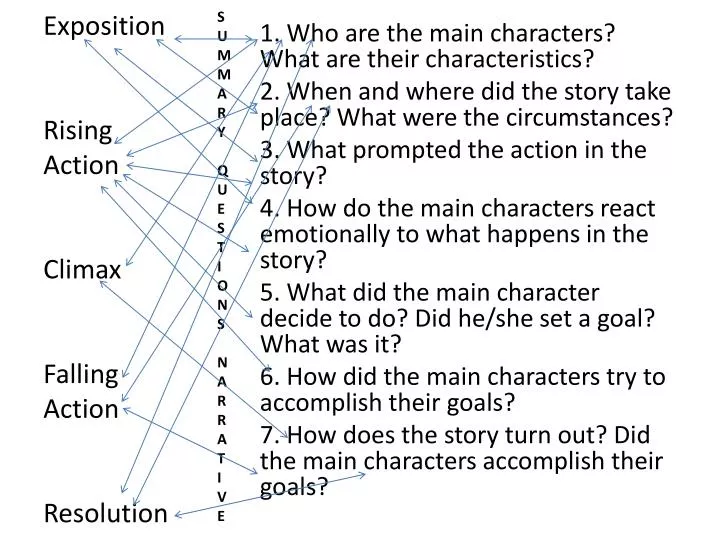

America was losing the war at home David was defeating Goliath. The turning point of the five-year-old war, the offensive by elusive Viet Cong and North Vietnamese forces failed in military terms but constituted a political victory in the arena of international public opinion. We are in a small hamlet near Dakto late in 1967, barely two months away from the Têt Offensive. Who is the enemy here? The soldier, seen from the back, facing a Vietnamese woman hugging a baby, with a half-naked boy by her side? Or is it the young woman and her two children being confronted by an American GI? Are there not always two sides to a coin? Robert Pledge, co-founder of Contact Press Images: He was immensely proud to receive the Robert Capa Gold Medal Award for “superlative photography requiring exceptional courage and enterprise abroad” from the Overseas Press Club in 1955. Over the years, Howard would often tell this story and recall sadly that Capa had died covering his assignment. A short time later, Capa was killed by a land mine while out on a mission with the U.S. The acclaimed photographer Robert Capa came in to take his place and cover the fighting. In 1954, Howard was again on assignment in Vietnam when he was called home to Milwaukee to be with his mother, who was terminally ill. This is a photo that Howard felt was very powerful. Sadly, they probably died quickly in the war. It’s insane to think that these three young children with grenades were going off to fight the Viet Minh army.

He was there on the ground for the brutal - and historic - fall of Dien Bien Phu that marked the end of the French involvement in the region. Howard was a staff photographer for LIFE in the early 1950s, when he was first assigned to cover the fighting in what was then Indochina. The conflict in Vietnam spanned almost 20 years. Tania Sochurek, widow of photographer Howard Sochurek: Howard Sochurek-The LIFE Picture Collection Young guerrillas wear grenades at their belts, preparing to fight the encroaching Viet Minh forces in the Red River Delta, northern Vietnam, 1954. Though Capa’s illustrates cruelty, my corpsman illustrates humanity, almost saintliness - a man carrying a child away from the sorrow and injuries of war. I didn’t think of Capa when I pressed the shutter, but I believe both images share an emotional impact because they involve children. Looking back today on this picture I took so long ago I can see that there is an echo here of the famous Robert Capa image of the woman whose head had been shaved at the end of WWII because she was considered to be a Nazi collaborator and had a child - whom she hugs to her chest - with a German soldier. He carried the child as if it were his own, wrapped into a poncho, because it was quite cold. The following morning, this corpsman took the child to the rear of the battle zone where he could be handed over for more medical attention. It was almost a religious experience for me to record this extraordinary event. These hard Marines suddenly became the most gentle, loving persons. They took the child into a bunker, cleaned him up and dressed his wounds under candlelight. The child was found wandering the previous night between the North Vietnamese and the American firing lines. corpsman carrying an injured child away from the battle in Hué is a rare occasion to show the true value of human kindness and the dignity of man. Here, lightly edited, are their responses. With the war once again making headlines, TIME asked a number of those individuals to select an image from the period that they found particularly significant, and to explain why that photograph moved them the most.

#PHOTO ACTION FALLING HEARTS SERIES#
The series features a wide range of war images, both famous and forgotten.īut few people have a better grasp on the role of photography in Vietnam than the photographers themselves, and those who lived and worked alongside them. How those photographs made history is underscored throughout the new documentary series The Vietnam War, from Ken Burns and Lynn Novick. Think of the War in Vietnam and the image in your mind is likely one that was first captured on film, and then in the public imagination. As Jon Meacham describes in this week’s issue of TIME, the pictures from that period can help illuminate the “demons” of Vietnam.Īnd, in the decades since, the most striking of those images have retained their power. On television screens and magazine pages around the world, photographs told a story of a fight that only got more confusing, more devastating, as it went on. While the Vietnam War raged - roughly two decades’ worth of bloody and world-changing years - compelling images made their way out of the combat zones. The vietnam war Pictures That Moved Them Most


 0 kommentar(er)
0 kommentar(er)
